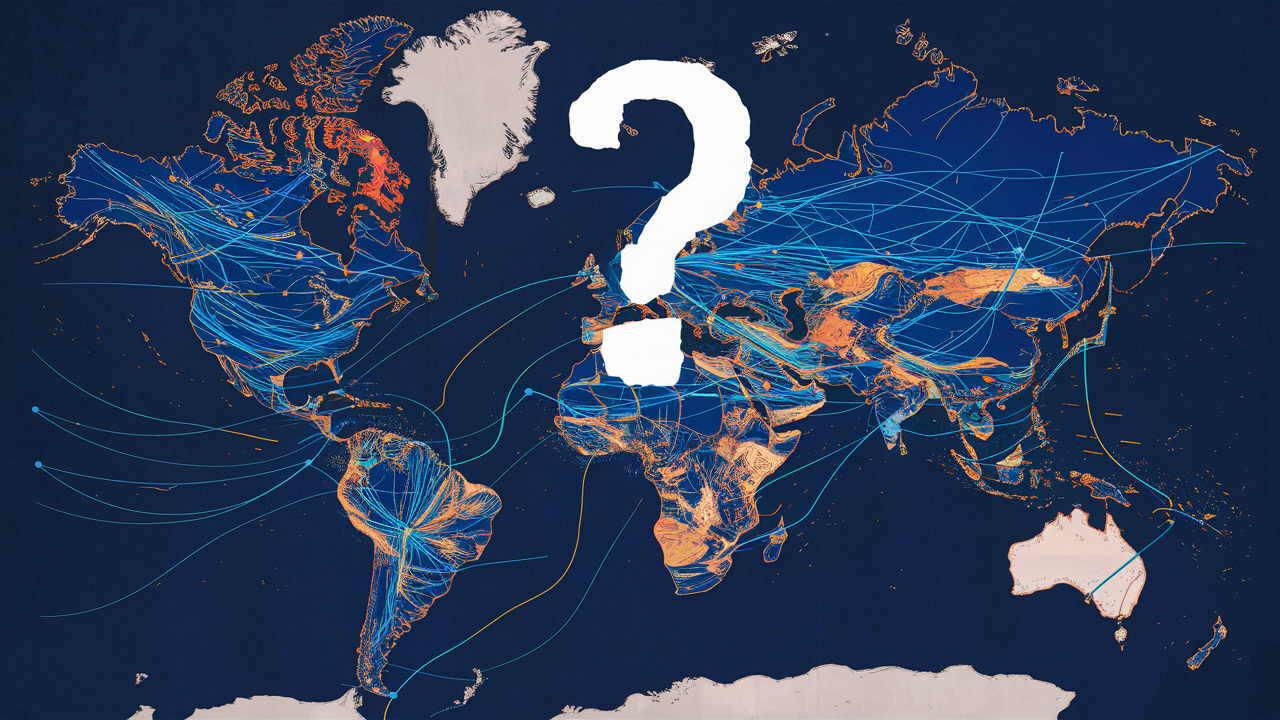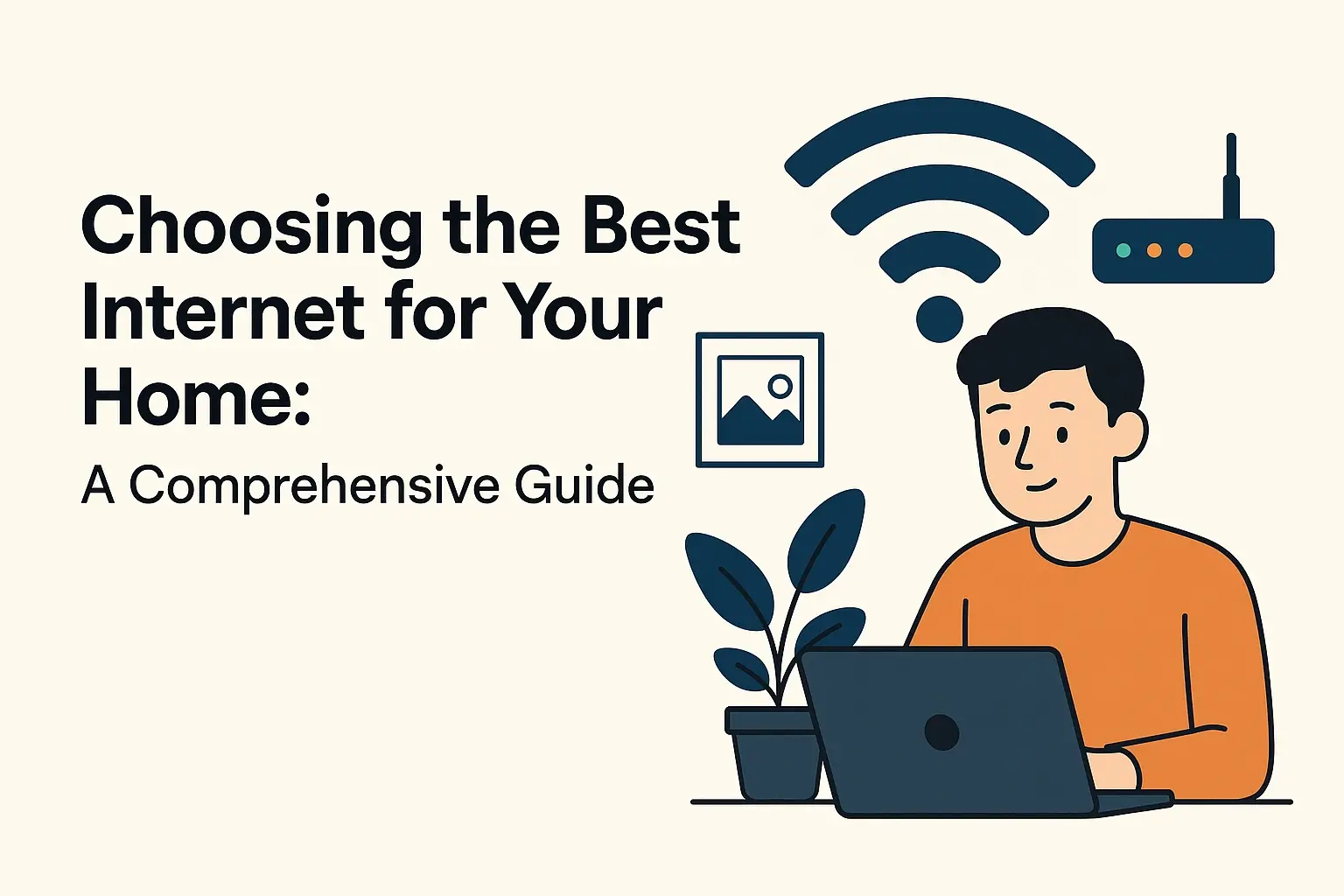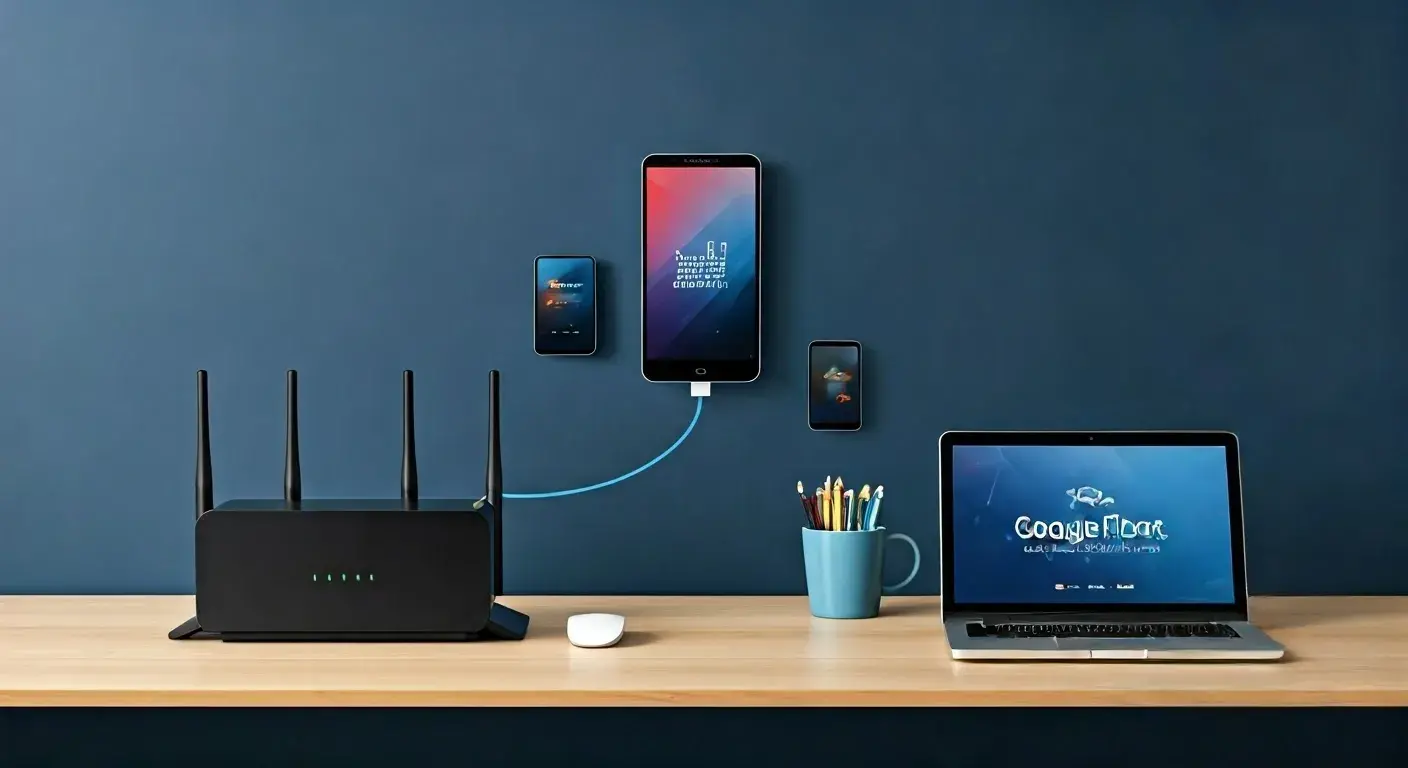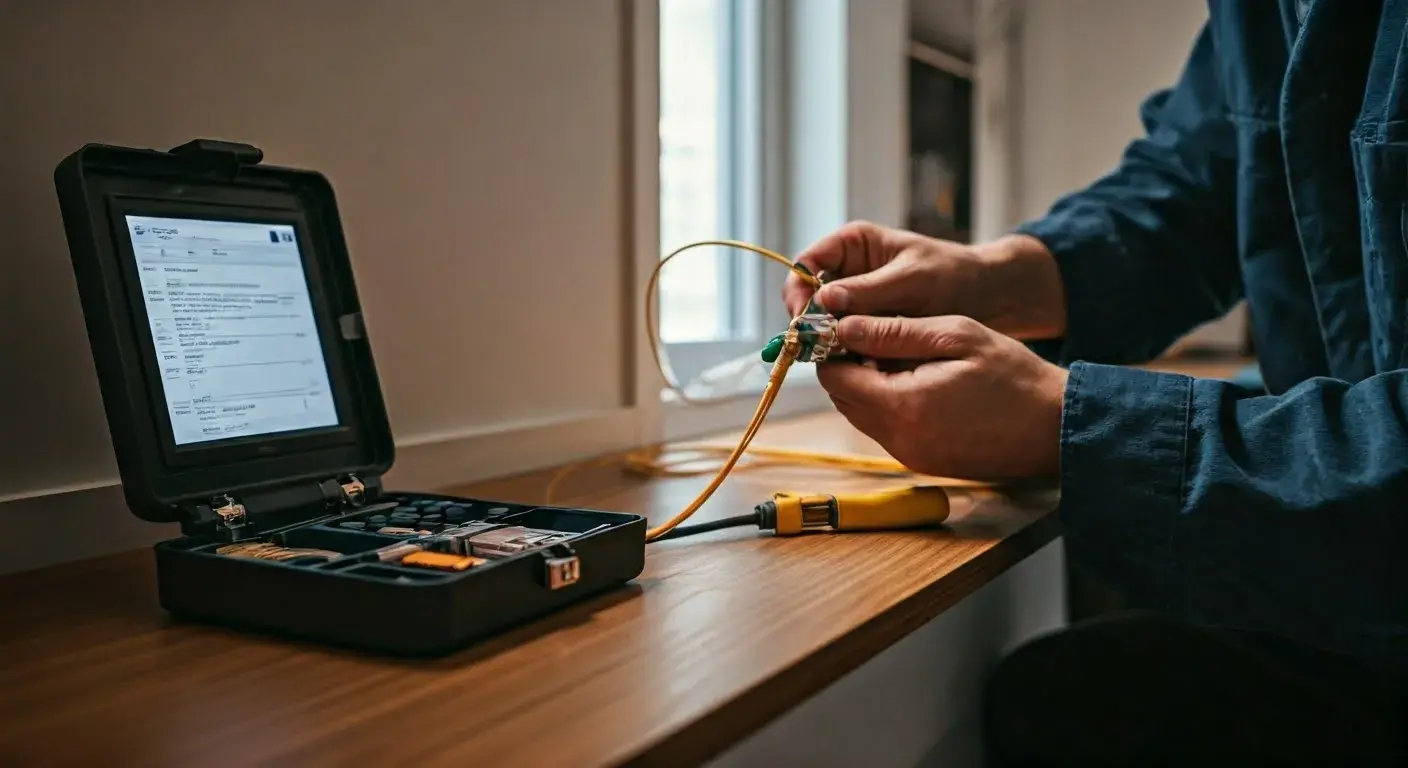Why is fiber internet not everywhere?

Fiber internet is also referred to as fiber optic internet as it employs the use of fiber optic cables to deliver data at extremely high speeds. Well, fiber internet is faster than cable or DSL so why is it that not everyone has access to this type of connection? As it is apparent, there are a few factors that would explain why fiber internet availability is not as widespread as other forms of link connections.
Build-out costs refer to the expenses incurred in constructing a building or structure to cater to the needs of tenants.
Notably, the cost of deploying a fiber optic network is regarded as the major impediment to the adoption of fiber internet across the world. It is very capital-intensive to lay fiber optic cables across a city, region, or country in the initial stages. While fiber internet can leverage existing cable or telephone infrastructure at times, stringing up all-new fiber lines is very expensive.
The construction of a new fiber network is a capital-intensive exercise that can easily run to tens of billions of dollars, depending on the geography. For a private company to undertake such a project, there must be a clear roadmap on how to recoup that massive investment. It is especially costly to lay these fibers in regions with lower population densities – the initial costs are too high for investment without the guarantee of the necessary number of subscribers.
Challenges in Gaining Infrastructure Access
One of the reasons that deploying fiber is so costly is that cables need to be placed in conduits that are located underground. Or string cables along the existing telephone pole structures. Telecom companies need to have permission to use current structures such as the utility poles or ductwork that may exist. Local municipalities also need to give their approval when it comes to the excavation of streets for the installation of conduits.
Acquiring all the necessary permissions for access is a very slow process, highly charged politically, and presents a daunting challenge to timely and inexpensive network implementations. The process of where to locate all the buried fiber conduits and how to string lines on poles is very complex. Any construction delays or barriers reduce the economic feasibility of creating a network.
Absence of Driving Forces for Private Telecoms
In most regions, the major established cable and telephone companies are already able to offer internet through their current networks. Transitioning to fiber would mean having to make incredibly large investments in the networks. Private firms thus have negligible motivation to construct shiny new fiber networks that would disrupt their existing cash flows, as well as offer competitors opportunities to utilize the new fiber networks.
Consequently, fiber rollouts by private telecoms are usually more targeted towards the wealthier regions where the returns are expected to be higher. This leaves many rural, low-income, and even middle-income suburban areas to select between slow DSL copper wires and cable internet. They are, however, considerably slower than fiber connections, but the infrastructure required to maintain them is significantly cheaper for telecoms. It is for this reason that many global cities still do not have fiber networks to support such demands due to the entrenched nature of legacy infrastructure.
Ongoing Operational Costs
Physical cables, especially fiber optics, are the most expensive part of a network, with installation constituting most of the expenses. However, it also has significant O&M costs as there are continuous large-scale operations taking place in these industries. Fiber networks are prone to physical damage, which necessitates regular surveillance, maintenance, and repair to prevent disruptions. Those recurring expenses accumulate for telecom providers, and this decreases the interest in fiber internet investments.
Presently, wireless 5G and low orbit satellite internet plans to try and match fiber for the long-term; yet those solutions do not come without their issues. 5G ranges remain extremely limited and Satellite cannot match either competitive latency or congestion handling. None offer realistic alternatives to the dependability that fiber offers, let alone the nearly endless data-carrying capability.
Road Map to Wider Fiber Deployment
The policy and regulatory initiatives may therefore be more significant in increasing wider fiber internet use than technological advancements. All the specialists consider that when fiber infrastructure is proposed as a public utility with open access requirements, it can eliminate the factors that hinder broad deployment in the market.
Cities such as Chattanooga, Tennessee, where municipalities led by public ownership of fiber networks also significantly improved fiber deployment and proved the value of fiber access to inhabitants. However, many states have since limited the development of municipal broadband networks through the efforts of telecom lobbyists. Removing those restrictions could allow more cities to pursue fiber infrastructure on their own.
Promising efforts at the federal level to expand fiber connectivity with a rural focus have been made as well. However, the funding is still small compared to the vast costs of implementing fiber throughout the whole country. Finally, fiber internet provides speeds and connection quality that other technologies cannot compete with, which completes today’s internet applications. Broadband fiber still needs to become widespread to make long-term internet infrastructure competitive. However, it is still several years and maybe decades ahead when near-ubiquity is achieved, as long as there is a significant change in the policy that cuts out the high and significant costs and measures that act as barriers.
Upgrade to faster, more reliable AT&T Fiber Internet today! Call us at +1 844-905-5002 and get connected with speeds that keep you ahead.





